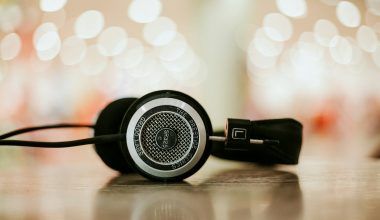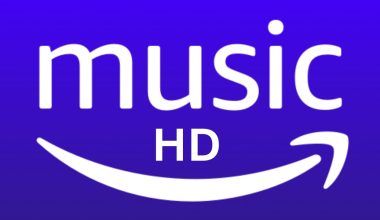Audio files are an essential part of our daily lives. From music streaming to podcast listening, the type of audio format you choose can significantly impact your experience. But which audio format is best? The answer depends on your needs—whether it’s sound quality, file size, or compatibility. Let’s dive into the world of audio formats and uncover which one suits you the most.
What Are Audio Formats?
Audio formats determine how sound data is stored, compressed, and played. They are like languages that your devices use to interpret audio files. Some focus on preserving sound quality, while others aim to save storage space.
The two main categories of audio formats are:
- Lossy Formats: These reduce file size by removing some audio data. Common examples are MP3 and AAC.
- Lossless Formats: These preserve all audio data, ensuring high-quality sound. Examples include FLAC and WAV.
To decide which audio format is best, it’s important to understand how each format works.
Common Audio Formats: A Closer Look
1. MP3 (MPEG Audio Layer III)
MP3 is one of the most popular formats. It compresses audio files to reduce size while maintaining decent sound quality.
Pros:
- Small file sizes save storage.
- Widely compatible with almost all devices.
Cons:
- Loss of audio quality during compression.
- Not ideal for audiophiles or professionals.
If you need a balance of quality and size, MP3 is a good choice. However, for higher sound fidelity, consider other options.
2. WAV (Waveform Audio File Format)
WAV files are uncompressed and offer excellent audio quality. This format is often used in professional settings like recording studios.
Pros:
- High-quality sound with no data loss.
- Ideal for editing and mastering audio.
Cons:
- Large file sizes take up significant storage.
- Not ideal for casual listeners or portable devices.
For those who prioritize sound clarity, WAV may be the best audio format.
3. FLAC (Free Lossless Audio Codec)
FLAC compresses audio files without losing quality. It’s a favorite among audiophiles.
Pros:
- Excellent sound quality.
- Smaller file sizes than WAV.
Cons:
- Limited compatibility with some devices.
- Larger files compared to MP3.
FLAC is an excellent choice if you want high-quality sound without the massive file sizes of WAV.
4. AAC (Advanced Audio Codec)
AAC is the format used by many streaming platforms like Apple Music and YouTube.
Pros:
- Better sound quality than MP3 at the same bitrate.
- Widely supported on modern devices.
Cons:
- Slightly larger files than MP3.
- Not as universally supported as MP3.
AAC is great for everyday use, offering a mix of quality and compatibility.
5. OGG (Ogg Vorbis)
OGG is an open-source alternative to MP3 and AAC, often used in gaming and streaming.
Pros:
- Better quality than MP3 at similar file sizes.
- Open-source and free to use.
Cons:
- Limited device compatibility.
- Less popular than MP3 or AAC.
If you value sound quality and don’t mind checking for device support, OGG might be a good pick.
Factors to Consider When Choosing an Audio Format
When deciding which audio format is best, consider the following:
- Sound Quality: For audiophiles, lossless formats like FLAC or WAV are ideal.
- File Size: If storage is an issue, go for MP3 or AAC.
- Compatibility: Ensure the format works on your preferred devices.
- Use Case: For professional editing, use WAV. For casual listening, MP3 or AAC works well.
Best Audio Formats for Specific Uses
- For Streaming: AAC or MP3.
- For Professionals: WAV or FLAC.
- For Everyday Listening: MP3 or AAC.
- For Archiving: FLAC (lossless compression).
By matching the format to your needs, you can make the most of your audio experience.
Comparing Popular Audio Formats
Here’s a quick comparison of the most common audio formats:
| Format | Quality | File Size | Compatibility | Use Case |
|---|---|---|---|---|
| MP3 | Good | Small | Excellent | Casual listening |
| WAV | Excellent | Large | Good | Professional editing |
| FLAC | Excellent | Medium | Moderate | Archiving, audiophiles |
| AAC | Very Good | Small | Excellent | Streaming platforms |
| OGG | Very Good | Medium | Limited | Gaming, open-source |
Conclusion:
The best audio format depends on your priorities. For high-quality sound, choose FLAC or WAV. For compatibility and smaller file sizes, MP3 and AAC are great options. By understanding the strengths and weaknesses of each format, you can make an informed decision and enhance your listening experience.
Related Articles:
For further reading, explore these related articles:
- Digital Music Formats Explained: Ultimate Guide to Your Music
- Best Audio File Format for Sound Quality – Ultimate Guide
- Music File Formats Explained – Best Guide for Audio Files
For additional resources on music marketing and distribution, visit Deliver My Tune.






